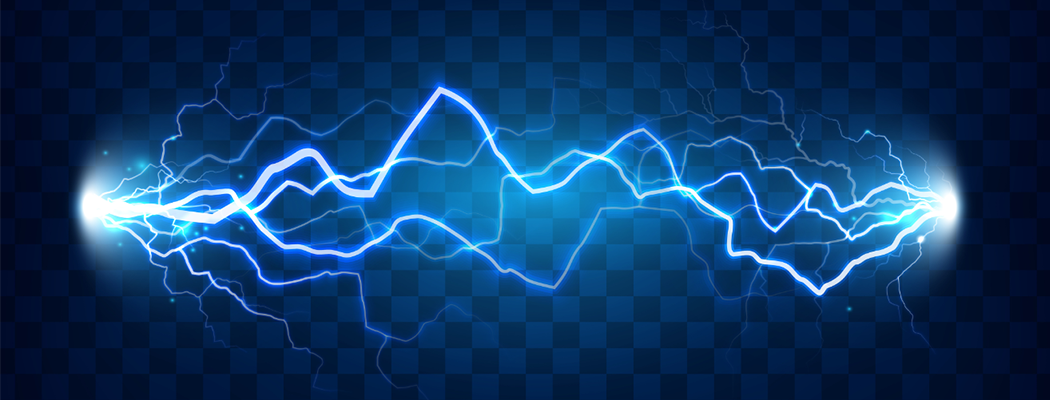Dielectric Constant: Dielectric Constant is the ratio of the permittivity of a material to the permittivity of free space. In other words, it is the measurement of electric flux that will concentrate within a material. We’ve heard of how certain materials have magnetic permeability, which means how well it can retain magnetism. Dielectric constant is thus the electrical equivalent to magnetic permeability. Dielectric constant is directly related to electric flux density. So, the more a material can withstand and concentrate electric flux, the higher the dielectric constant.
How Does Media Dielectric Effect Radar’s Signal: Radar technology works by sending out short microwave signals toward the liquid via the sensor. The microwave signal then hits the liquid surface and returns toward the sensor. The sensor utilizes the time-of-flight principle which uses the known speed of the microwave, and the time it took for the signal to return, divided by two.
Since a higher dielectric means a higher electric flux density, the higher the dielectric constant, the easier it is for the microwave signal to reflect off the media. The reason for this is because the increased electric flux density causes the microwave signal to bounce off the media, rather than travel through it. For example, a less electric flux dense media may have the microwave signal travel directly through it and not return to the sensor. Think of a ball bouncing on a hard surface versus a soft less dense surface. The ball will have a higher bounce off the denser surface than the less dense surface. Therefore, the dielectric constant of the media is important because it helps the microwave signal bounce off the media effectively and return to the sensor.
What are Common Dielectric Constants? Gems non-contact radar level sensor requires the media dielectric constant to be 2 or greater. Below are some common dielectrics so it’s clear what type of medias can work with non-contact Radar.
| Dielectric Constant Values | |
| Media | ε |
| Methane | 1.68 |
| Jet Fuel | 1.7 |
| Butane | 1.77 |
| Kerosene | 1.8 |
| Palm Oil | 1.8 |
| Gasoline | 2 |
| Crude Oil | 2.1 |
| Hydraulic Oil | 2.1 |
| Diesel | 2.1 |
| Benzene | 2.3 |
| Asphalt | 2.6 |
| Resin | 2.4 |
| Grain | 3 |
| Edible Oil | 3.9 |
| Limestone | 6.1 |
| Ammonia | 16 |
| Acetone | 21 |
| Ethanol | 24 |
| Methanol | 33.1 |
| Glycol | 37 |
| Water | 80 |
| Sulphuric Acid | 80 |
Learn more about our new product the Non-Contact Radar Level Sensor, here.
 SEARCH OUR RESOURCE CENTER
SEARCH OUR RESOURCE CENTER

